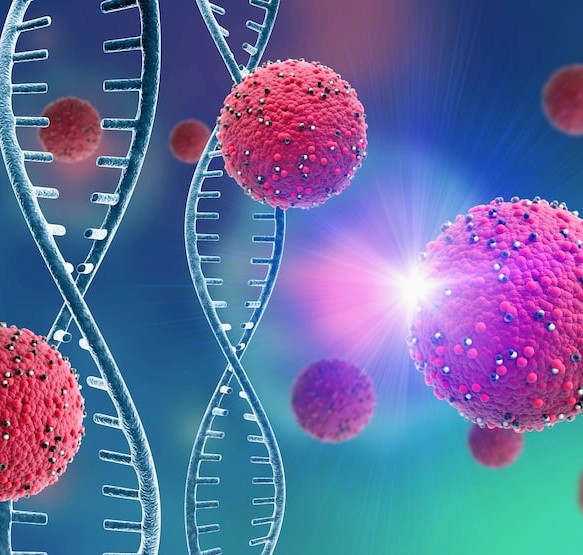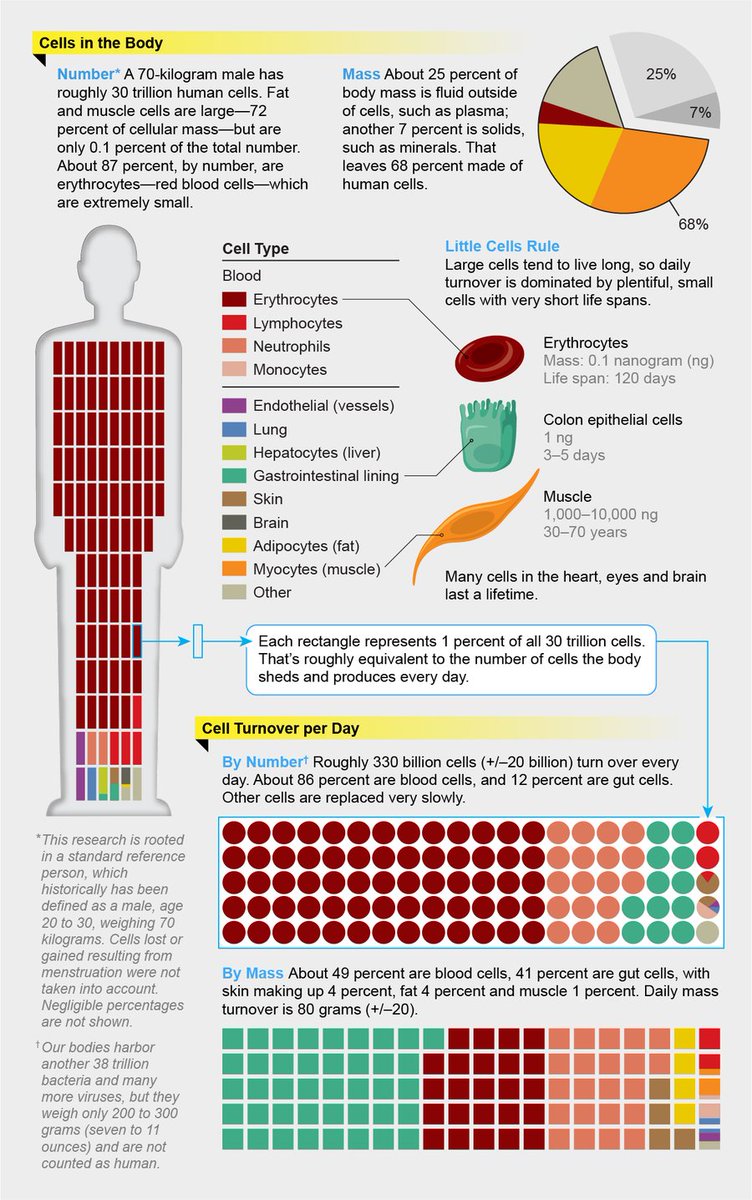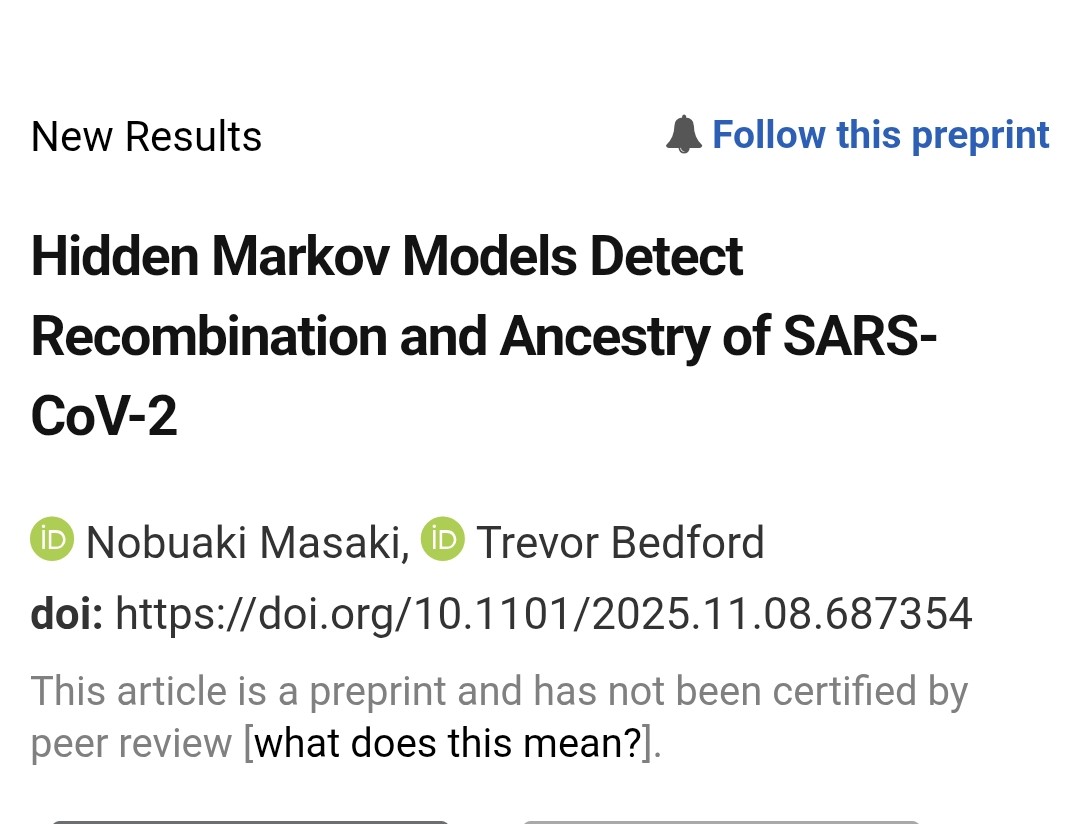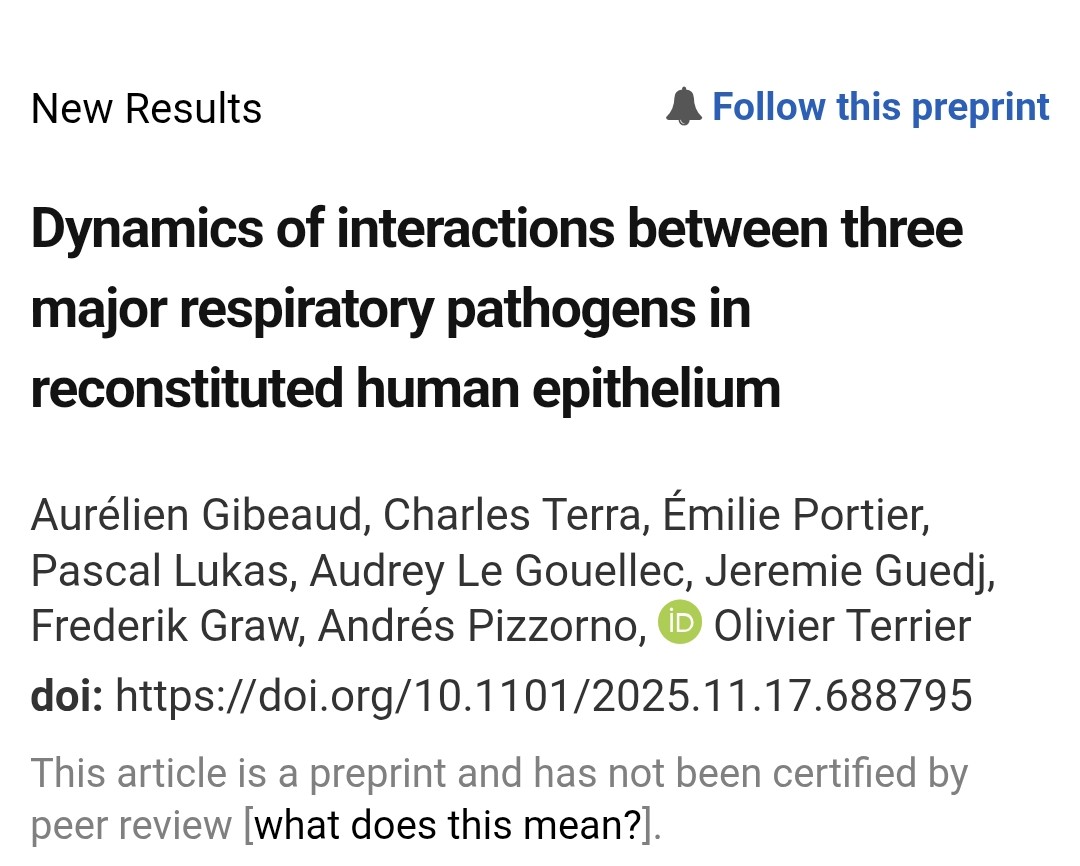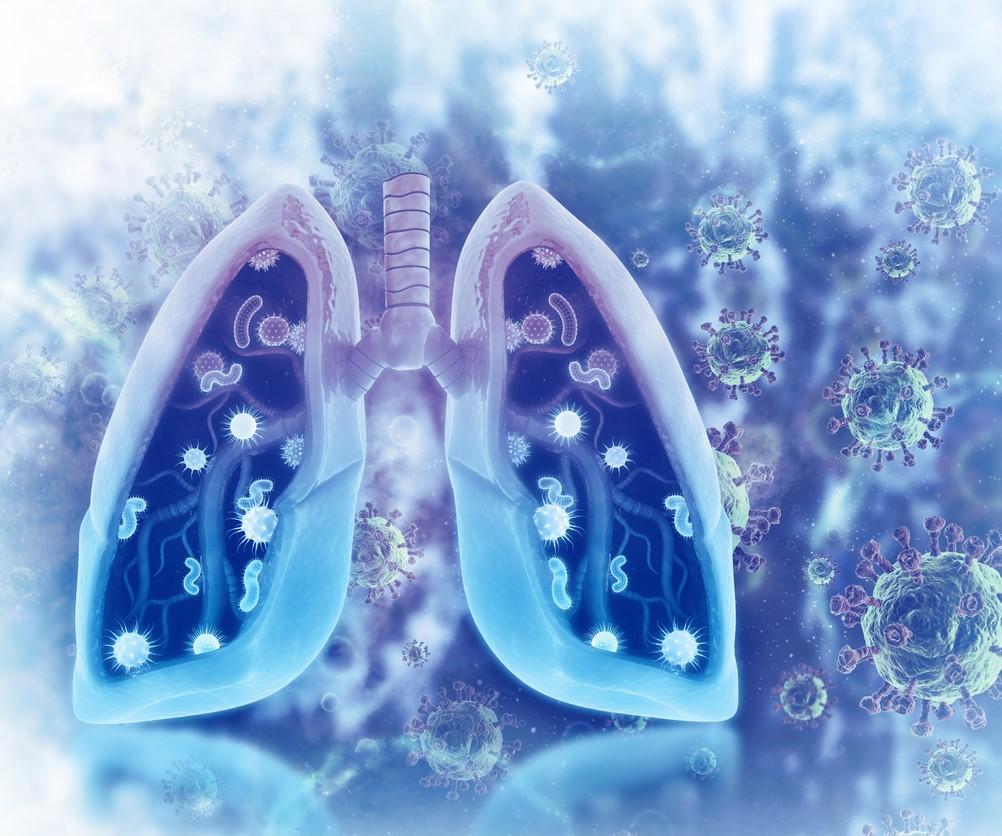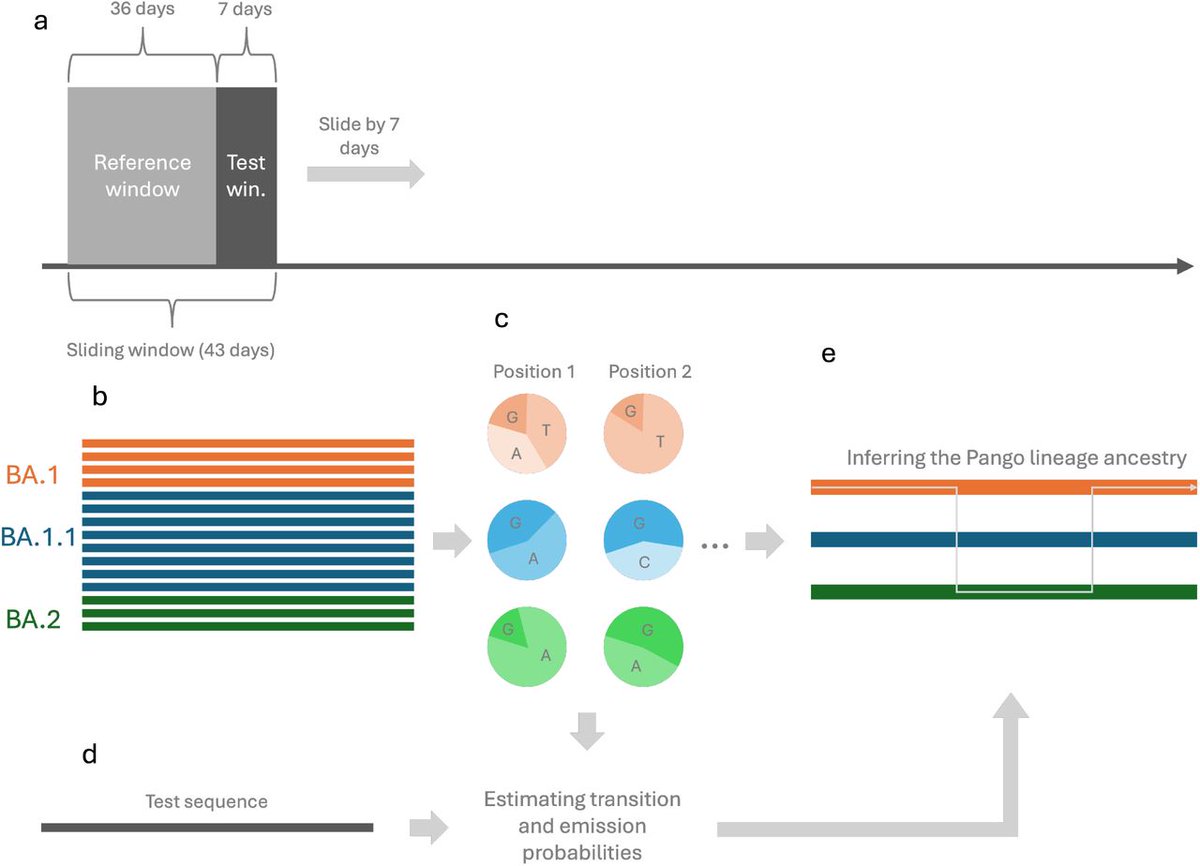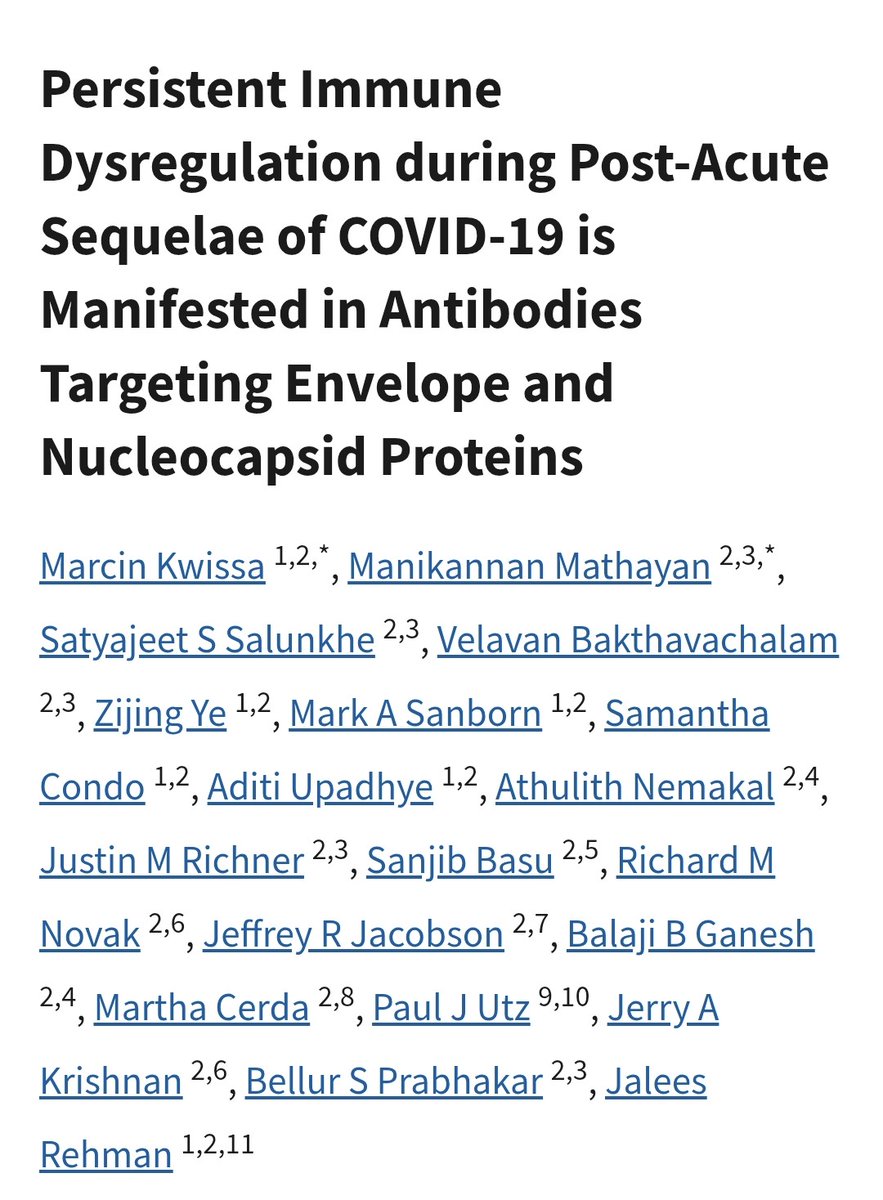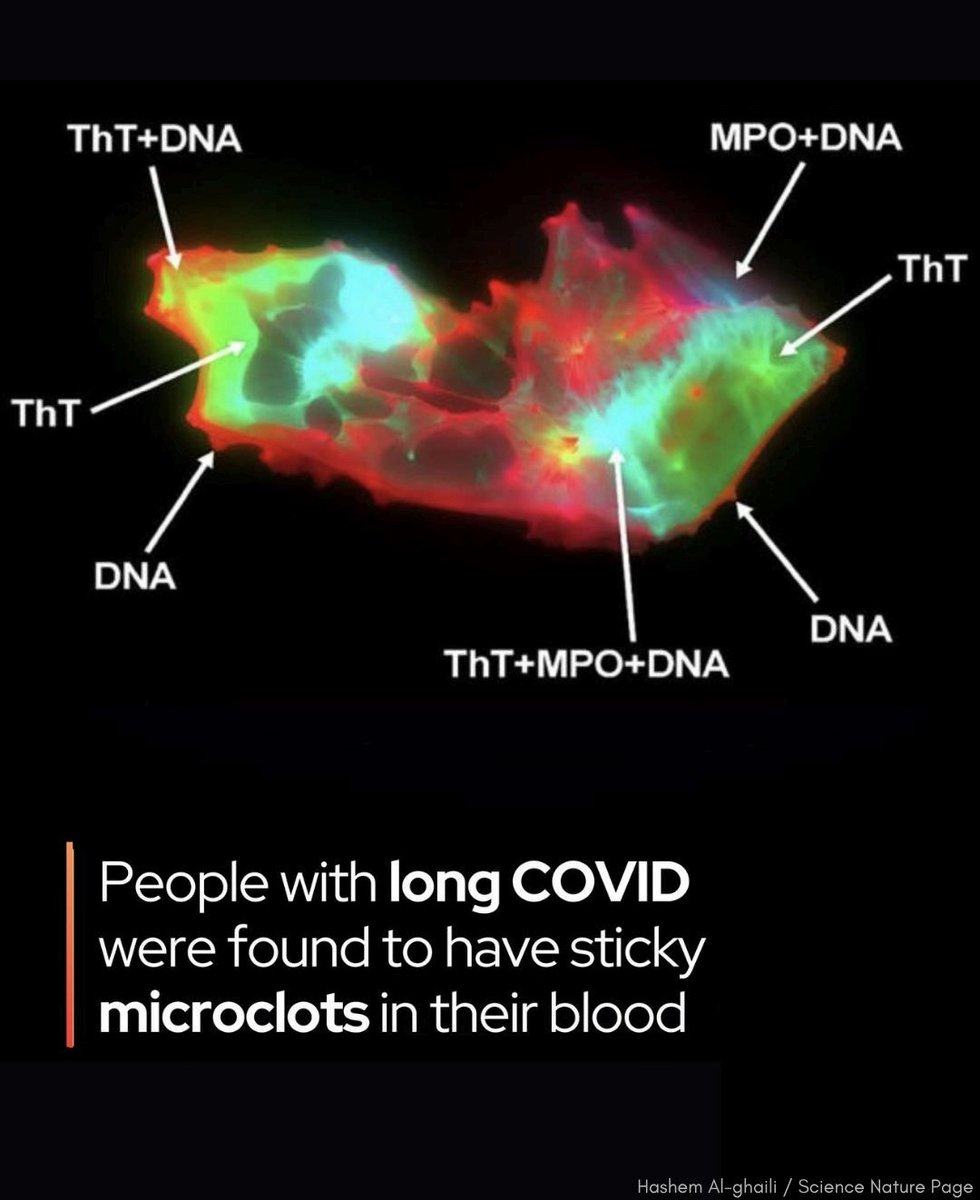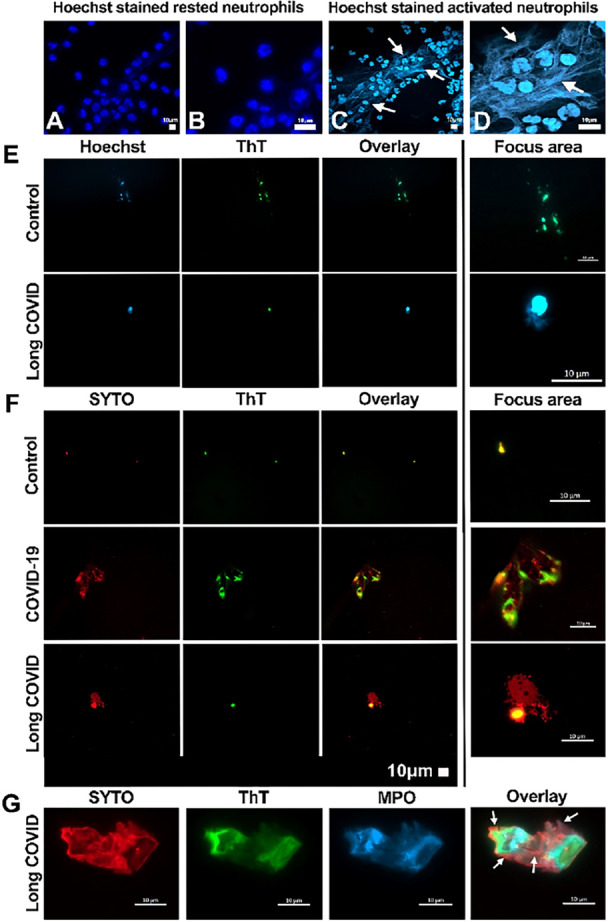ANALYSIS over 26,000 SARS-CoV-2 GENOMES from Houston to UNDERSTAND HOW the VIRUS SPREAD in the city
The researchers found over 1,400 separate times the virus was introduced from outside Houston, Earlier introductions led to larger outbreaks ...
medrxiv.org/content/10.110…

The researchers found over 1,400 separate times the virus was introduced from outside Houston, Earlier introductions led to larger outbreaks ...
medrxiv.org/content/10.110…

2) ...that were harder to control.
Over time, most new virus came from within the U.S., not other countries. Transmission was more limited within age groups than between genders, with young and middle-aged adults driving most spread.
Over time, most new virus came from within the U.S., not other countries. Transmission was more limited within age groups than between genders, with young and middle-aged adults driving most spread.

3) Certain regions of Houston, like school districts and counties, acted as major sources of the virus, sustaining local transmission for longer. These source areas had fewer new cases from outside introductions and longer-lasting local outbreaks. 

4) The study shows the virus spread unevenly across Houston, with some areas acting as hubs that maintained the local epidemic. Targeted public health efforts in these source regions could help reduce virus spread across the whole city. 

5) The study's limitations include:
- Focus on only one metropolitan area, so findings may not generalize to other regions
- Reliance on genomic data, which can miss some transmission events
- Potential biases in sampling and sequencing
- Focus on only one metropolitan area, so findings may not generalize to other regions
- Reliance on genomic data, which can miss some transmission events
- Potential biases in sampling and sequencing

6) - Limited timeframe of analysis (Jan-Oct 2021)
- Inability to fully account for the impact of interventions and behavior changes.
Thanks for reading 🙏
- Inability to fully account for the impact of interventions and behavior changes.
Thanks for reading 🙏
• • •
Missing some Tweet in this thread? You can try to
force a refresh


